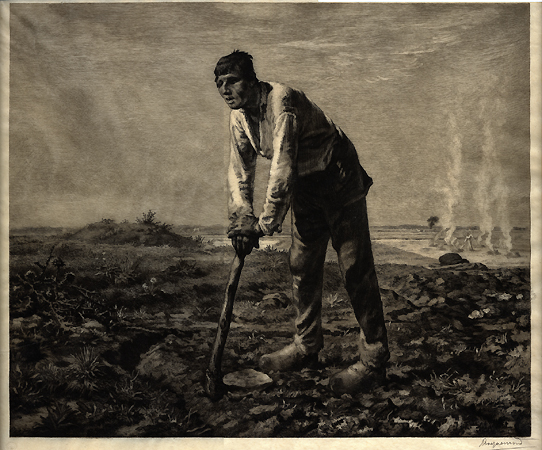Ducking Impressionism
Prints And Drawings Of Félix Bracquemond (1833-1914)
Including Some Early Rarities
Prints And Drawings Of Félix Bracquemond (1833-1914)
Including Some Early Rarities
- Fables de La Fontaine
- Croquis de Jacques Guichard
- Perdrix
- Le Retour au Logis
- Rue Vivienne la Nuit
- L'Âne
- Les Trétaux
- Virginie de Leyva
- L' Inconnu
- Vanneaux et Sarcelles
- Philomela
- La Mort de Matamore
- Monument Funèbre
- Le Bateau du Teinturier
- Les Saules des Mottiaux
- Le Service du Vin
- Iles du Rhin
- L'Eclipse
- Dernière Réflexion
- Il Pleut à Verse!
- Boissy d’Anglas
- Studies of an Actor
- Le Vieux Coq
- Canards Supris
- Canards Supris
- Brumes du Matin
- Brumes du Matin
- Brumes du Matin
- Labor ou Le Paysan à la Houe
- Ébats de Canards
- Jacques Bosch, Guitarist
- La Rixe (The Brawl)
- Les Graveurs du XIXe Siécle
- Le Lion Amoureux
- L'Homme Qui Court
- L'Homme Qui Court
- La Teste et la Qüeue
- Le Nouveau Né
- Entrée des Croisés
- Entrée des Croisés
- Cinq Eaux-Fortes
- Les Faisans
| 29. Félix Bracquemond (1833-1914) after Jean- Francois Millet (1814-1875) Labor ou Le Paysan à la Houe (Labor, or The Man with the Hoe) |
(click on image to print)

Labor ou Le Paysan à la Houe (Labor, or The Man with the Hoe)
Etching, drypoint and engraving, 1882, 470 x 568 mm., Béraldi 345 viii/ix, B. N. Inv. 390.
Superb impression on parchment with good margins, signed in pencil, one of 250 impressions on parchment or japan before letters and publication. The painting, of course, is the image that inspired Edwin Markham's poem The Man with the Hoe, a cry against the exploitation of the poor, and gave Millet the (undeserved?) reputation of a social trouble-maker. Bracquemond's etching is, even for him, a tour de force. That the subject and the mood are perfectly captured is virtually a given. But the translation of gradations of color and light into terms of black and white etching is almost miraculous. One sees aquatint, but there is no aquatint there; the tones are expressed through fine line work and multiple bitings, and where there are no lines, the light gleams as if in nature. If there needed to be a defense of the idea of the reproductive print, this single example would suffice.
![]()